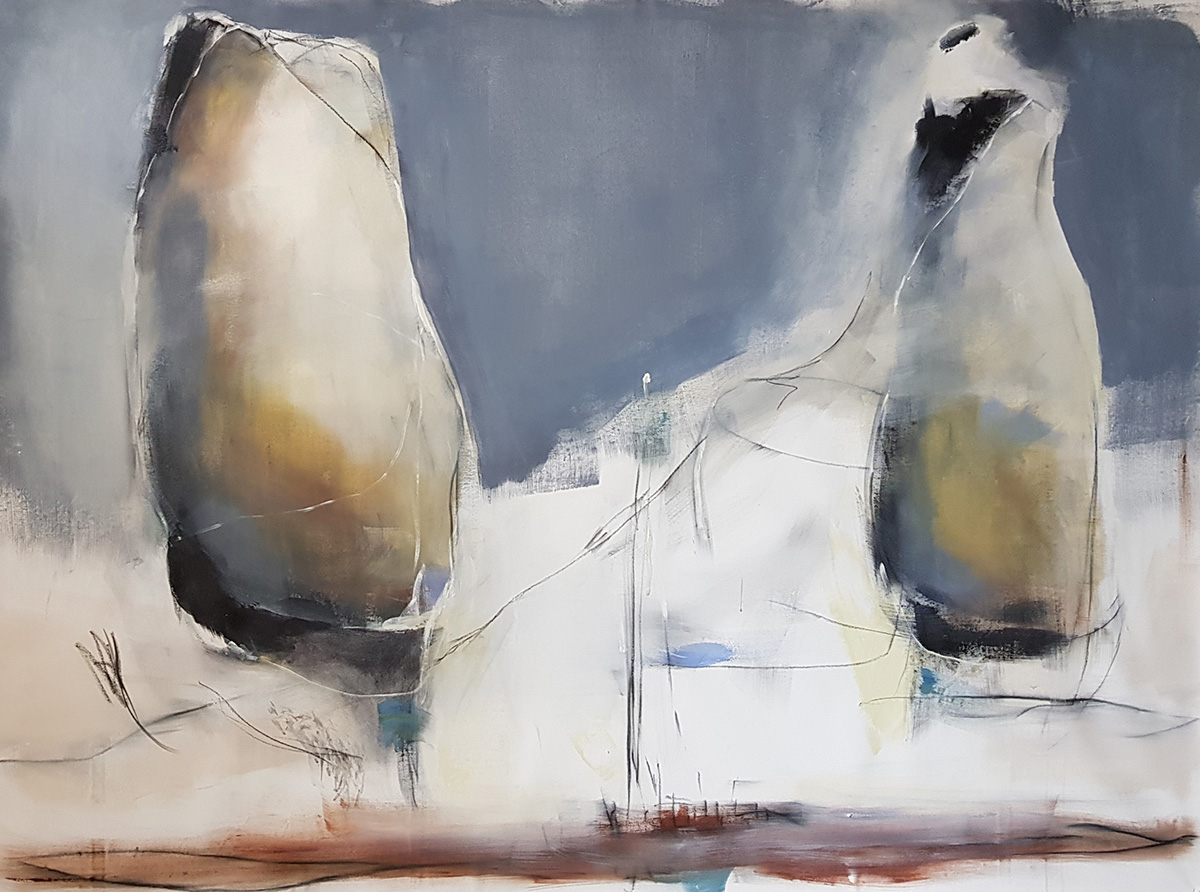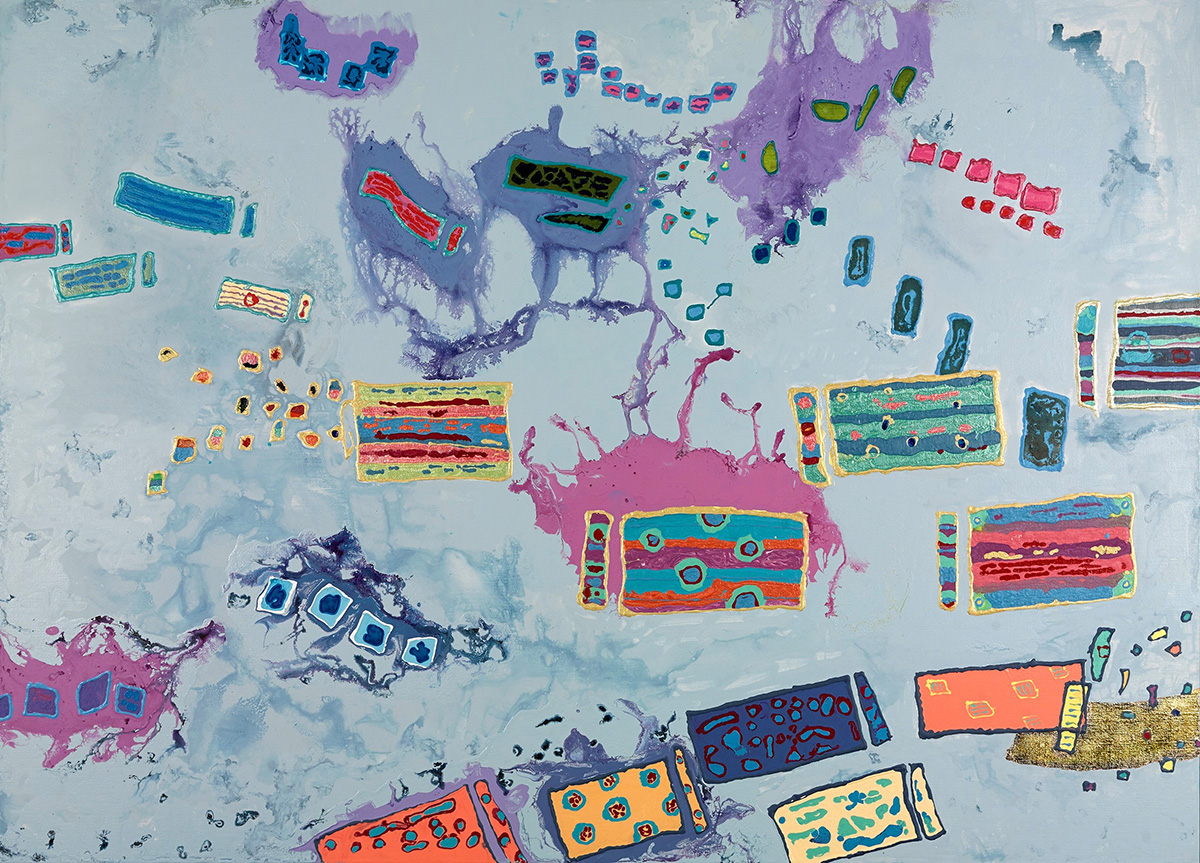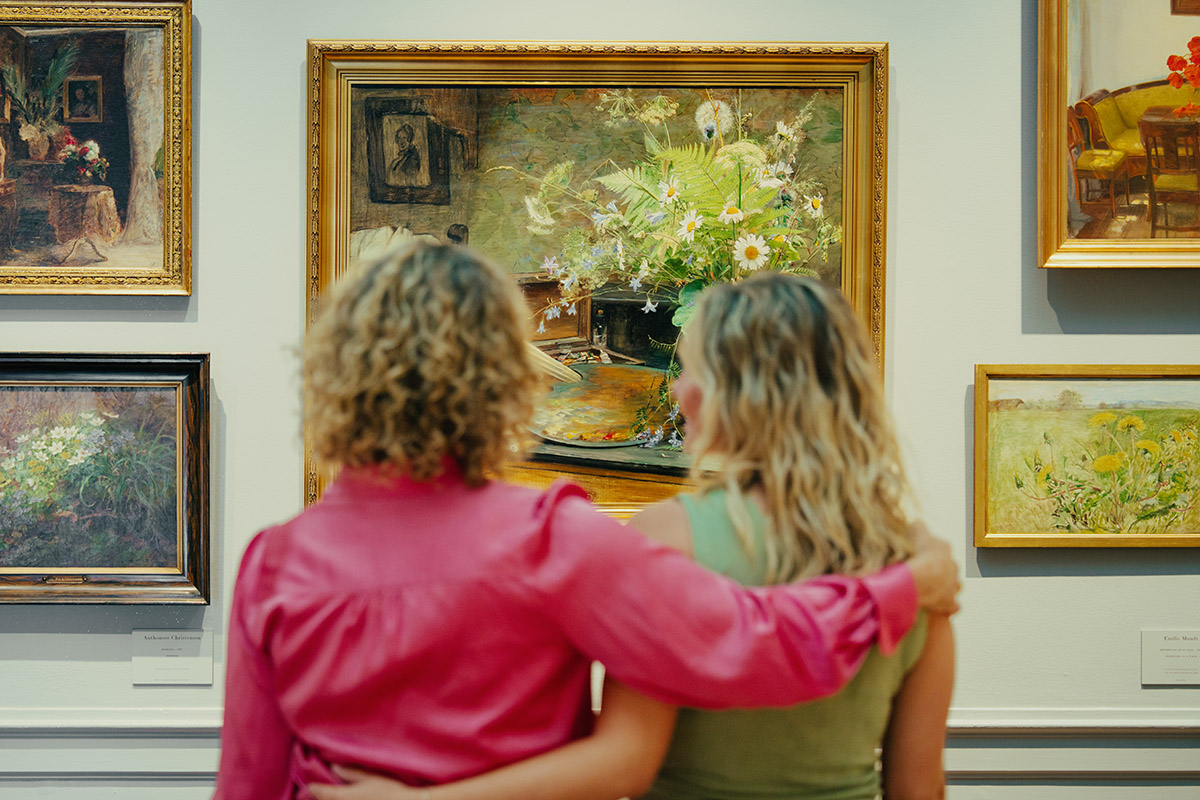Oslo Konserveringsatelier – the art of preservation
By Celina Tran | Photos: Oslo Konserveringsatelier
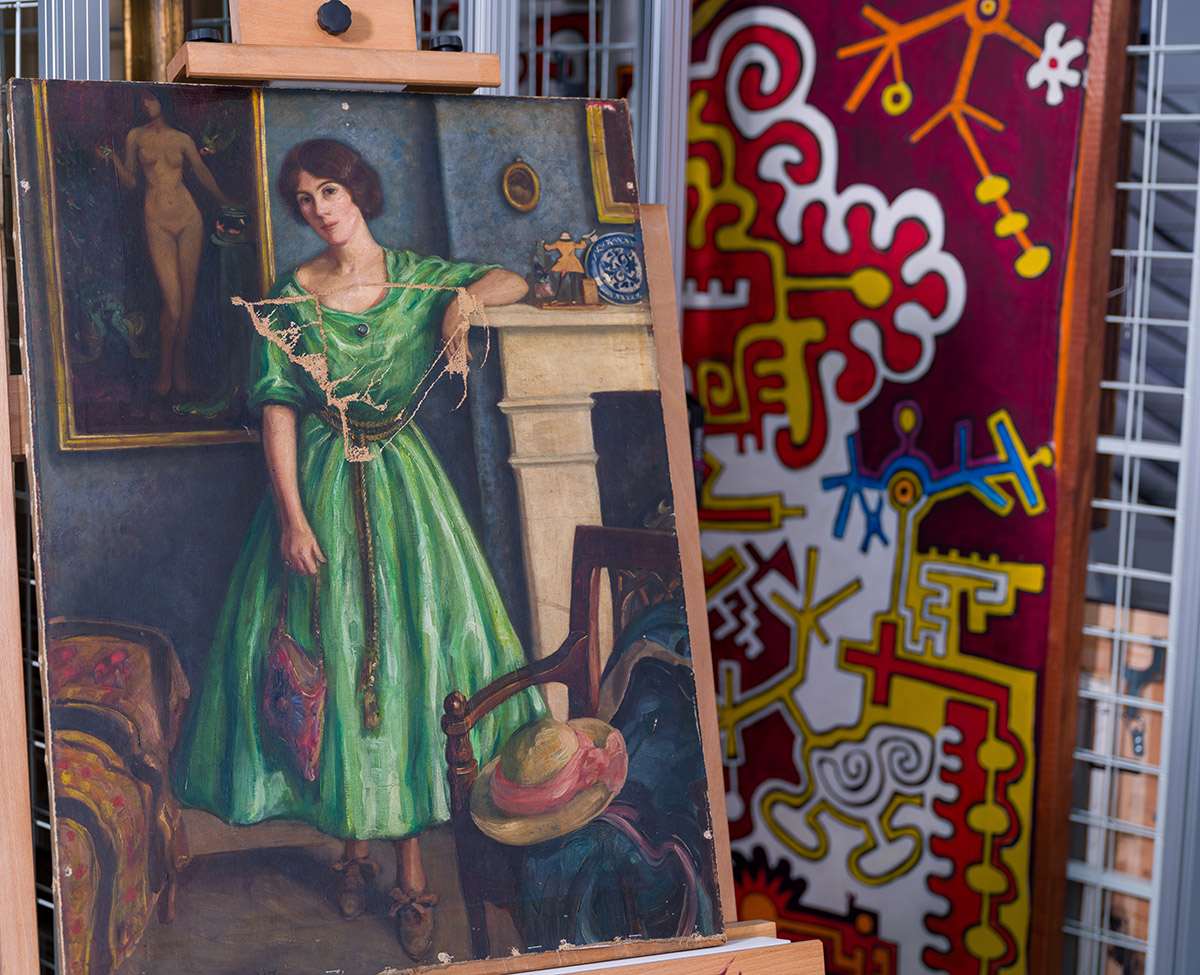
Hidden away in the heart of the Norwegian capital lies a sanctuary dedicated to the timeless beauty of art and cultural heritage. From the largest museum canvases to the old painting in your grandmother’s attic, Oslo Konserveringsatelier aims to restore and safeguard all levels of art for generations to come.
Though not obvious at first glance, the Norwegian capital bursts with creativity and colours. Young and old artists and creatives flock to the city to find inspiration and offer up their talents to the Nordic metropolis. From basement exhibitions to the grand national galleries, it’s clear that Oslo is a city for the arts, further establishing that Oslo Konserveringsatelier and its mission have never been more important.
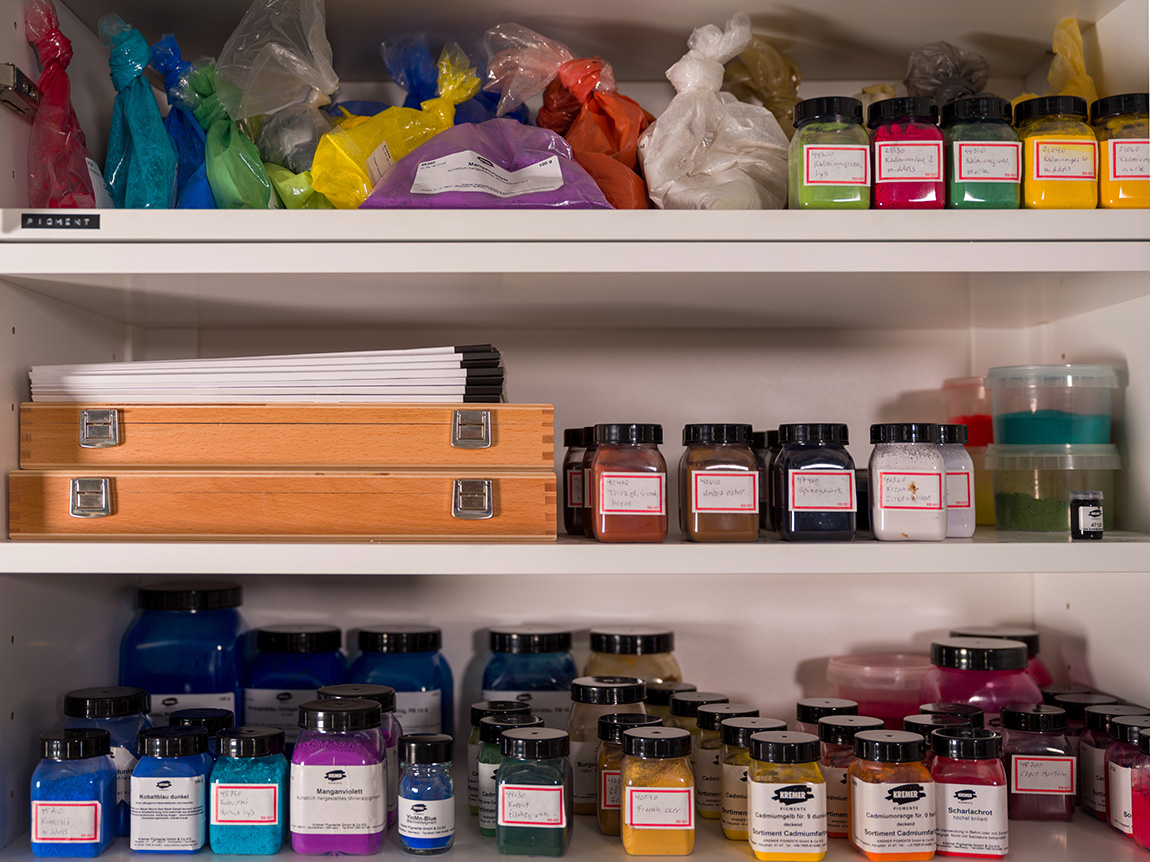
Owned and run by painting conservators Ingjerd Kleiva and Fredrik Jong, Oslo Konserveringsatelier offers everything from conservation and restorations to historic paint analysis and more.
“We offer a range of services related to artworks, from the traditional treatment categories to pure advising. Overall, our goal as a studio is to encourage and help with the long-term conservation of art,” says Kleiva.
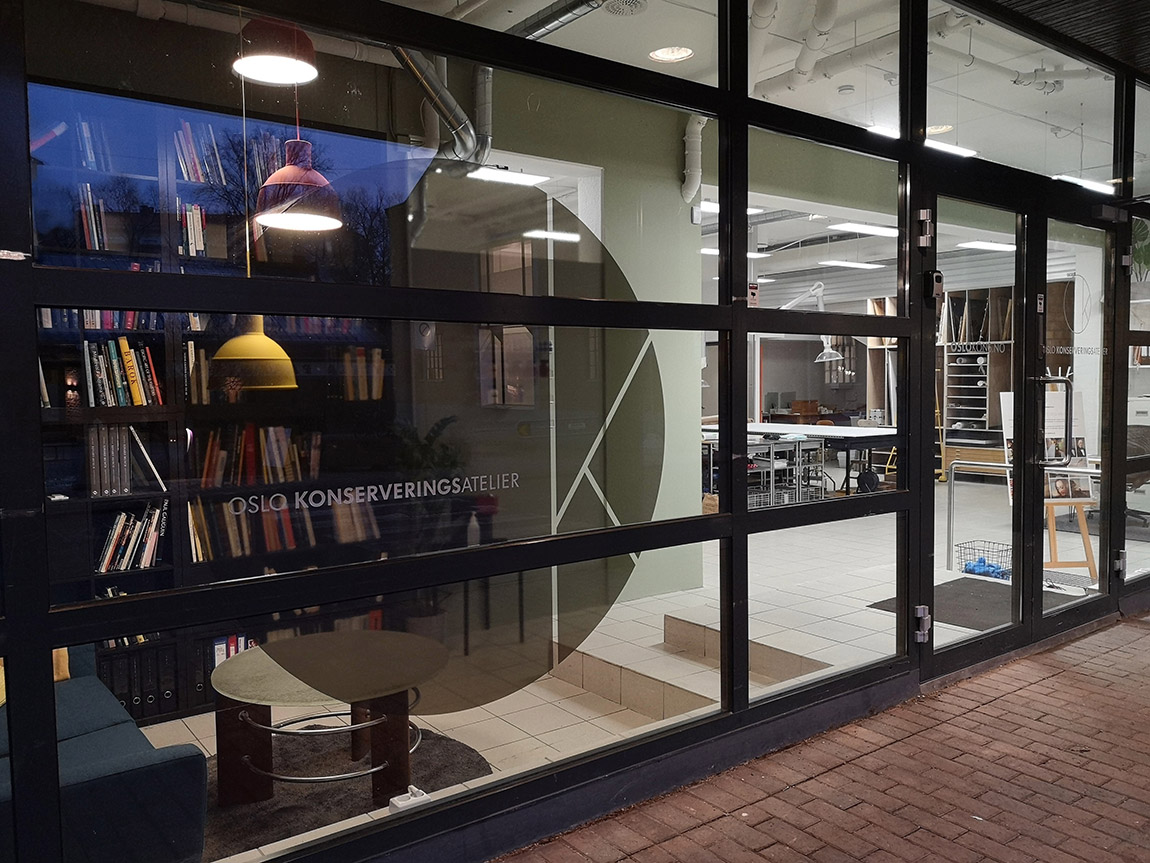
Oslo Konserveringsatelier was born from the wish to provide anyone with accessible conservation services of museal standard and in doing so preserve cultural heritage.
“Traditionally, most art conservation happens in hidden spaces, such as in basements of museums. We wanted to change this and offer up a space where people could not only get the services, but also see how we work,” adds Jong.
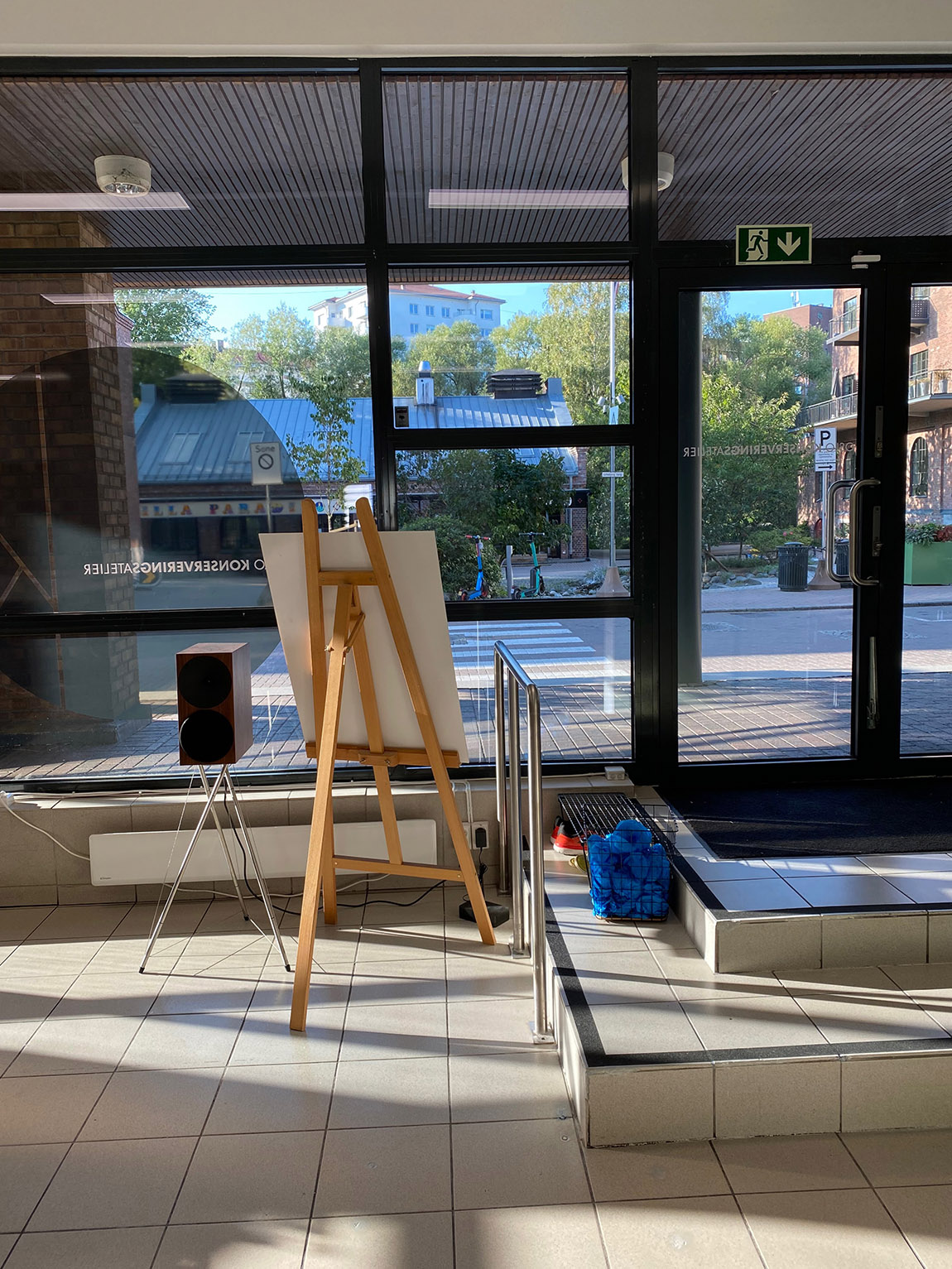
Unveiling the craft
The COVID-19 pandemic stopped society as most people knew it, but Kleiva and Jong used the opportunity to slow down and figure out what they wanted for the future. Back when they started in 2014, their work was not out in the open and accessible to the public eye.
“We figured out that once we sorted the security aspect of opening the studio up, it would be a wonderful way to show the world the craft that is conservation and what it is we actually do,” says Jong.

As Jong mentioned, art conservation tends to be out of people’s sight and minds, hence why the average person might not even consider how the old painting in the sitting room might also need a touch-up after years on the wall.
“All art needs treatment at one point or another,” says Kleiva. “This can be due to accidents or vandalism, or it can simply come down to the inherent decay of materials. Think of how your living room needs a second coat of paint after 10 years, or how dirty walls can get from the fireplace smoke and pollution. It’s essentially the same thing.”
She explains that in their strive to conserve art, it does not matter if its value is economic or emotional – they devote their full attention to each and every piece.
“All future generations should be given the chance to experience the art we see today,” she says. “That’s why we think it’s important to be visible and accessible, and while we do offer our services to large public buildings, collectors, and businesses, our customers also include regular people who have inherited their grandmother’s pieces.”
Jong adds that their knowledge and long experience within the field means that Oslo Konserveringsatelier can offer material analyses and contribute to authenticating art, in addition to traditional conservation services.
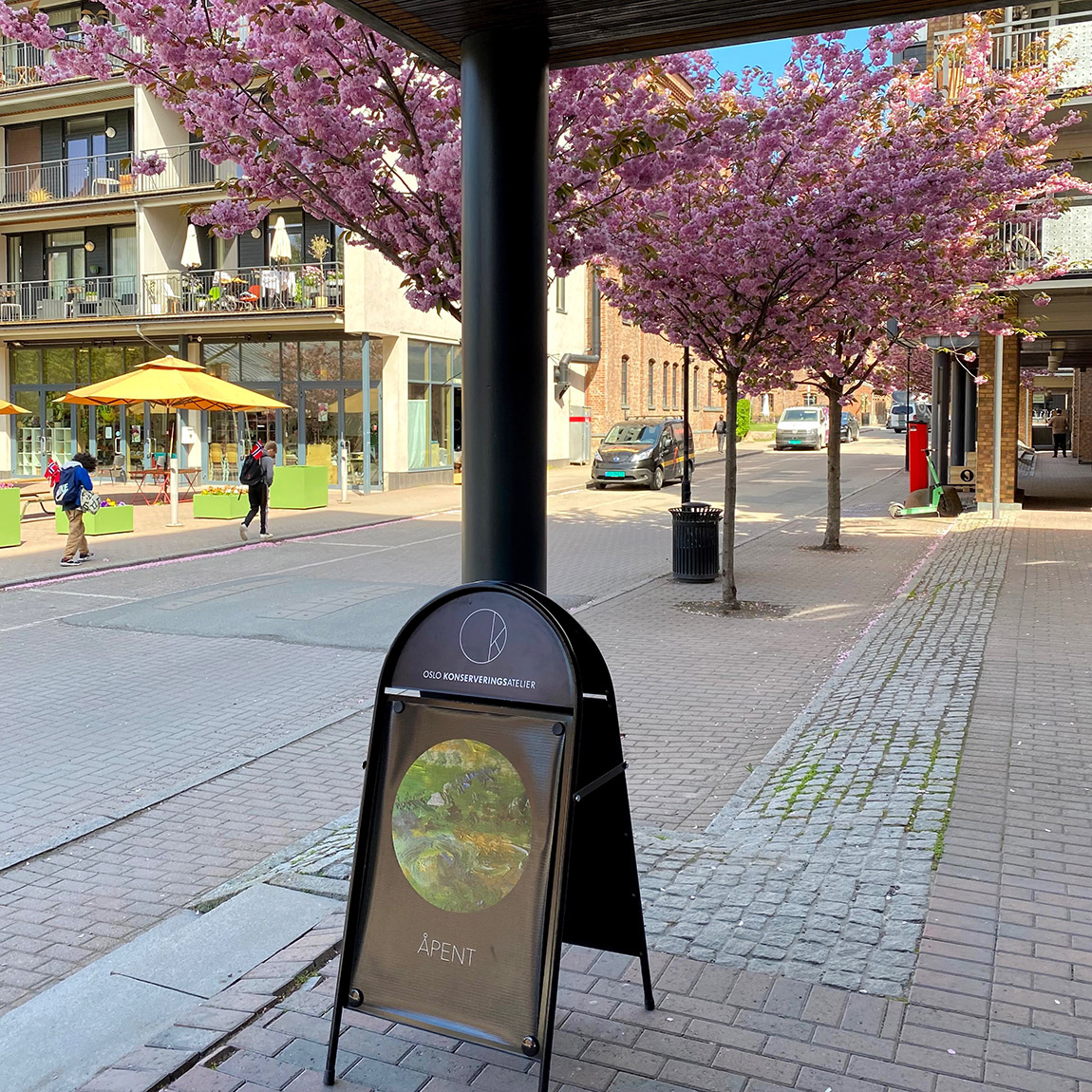
“The market value of a piece should not be the decisive factor for whether or not it should be preserved for the future. Conservation services should be available to everyone,” he says.
The studio has worked with clients and art pieces from all over, from the smallest private collection pieces to the monumental works in public spaces. As some artworks, such as church interiors and murals, are impossible to move or too fragile to transport to the studio, the work can take place on or off-site.
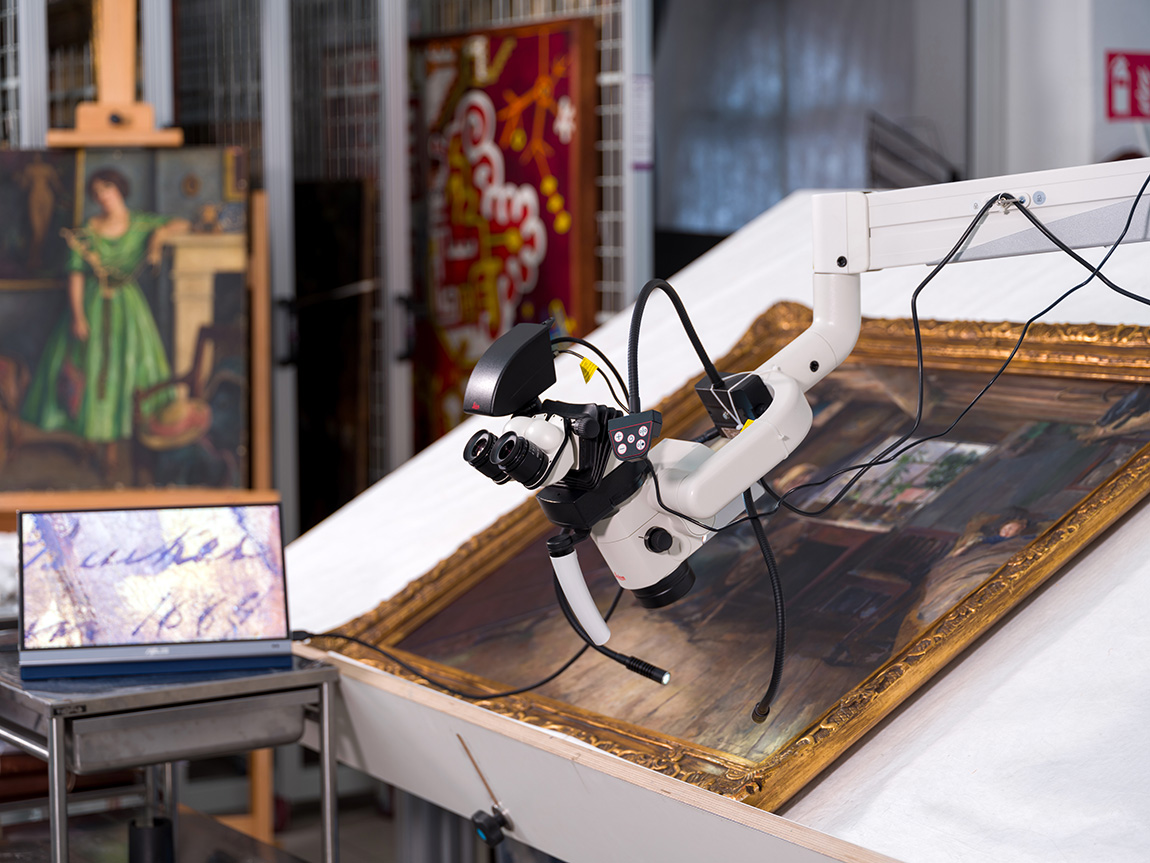
In 2021, Oslo Konserveringsatelier moved to to Lilleborg and Akerselva. The premises, the beautiful surroundings, and the access to other creatives interested in preserving culture and art were all compelling reasons to do so. However, the move was first and foremost a step towards unveiling a hidden craft to the public.
“In the future, we hope to be able to take on more conservators on different projects, and we’d love to hire more people with time. Maybe we’ll also have time for our own creative projects one day,” says Jong.
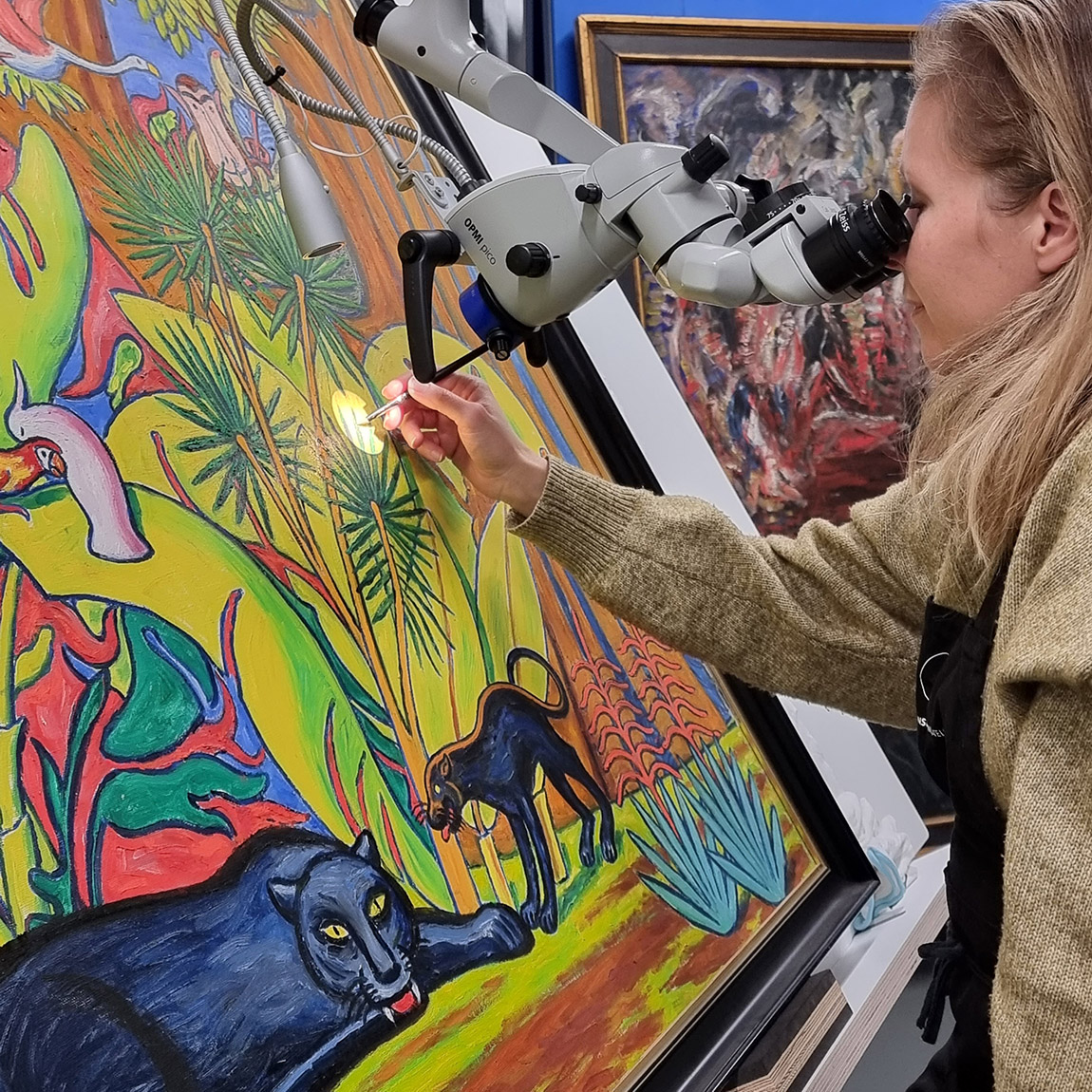
The team at Oslo Konserveringsatelier is highly skilled and knowlegable and can offer everything from scans to restorations.
Web: www.oslokons.no Instagram: @Oslo_Konserveringsatelier Facebook: Oslo Konserveringsatelier
Subscribe to Our Newsletter
Receive our monthly newsletter by email

